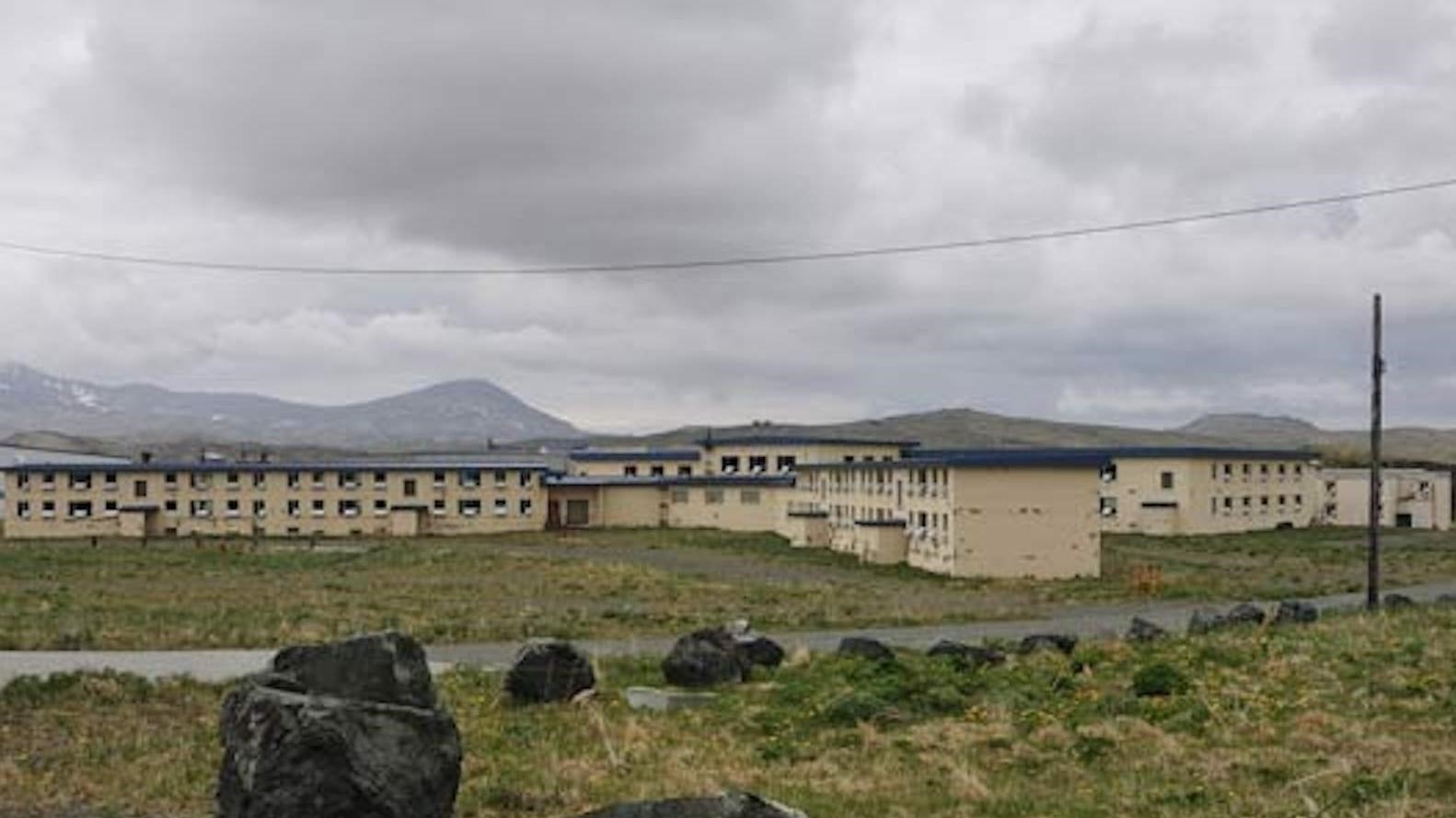Last updated: January 14, 2021
Place
Adak Army Base and Adak Naval Operating Base National Historic Landmark

NPS Photo
Scenic View/Photo Spot
On the Western Front
Adak Army Base and Adak Naval Operating Base were the westernmost bases in the nation for a short while. Located about 1,400 air miles southwest of Anchorage, Adak Naval Base remained active until the late 1990s. It is one of eight National Historic Landmarks in Alaska that was designated to commemorate the World War II in Alaska.
Attacks on American Soil
When the Japanese bombed Unalaska Island and invaded Attu and Kiska islands in June 1942, American defenses in the Aleutians consisted of an army and naval base at Unalaska and an army airfield on nearby Umnak Island, both 700 miles east of Kiska. Although bombers could reach Kiska, they could not be escorted by shorter-range fighters. The need for an Aleutian advance base further west became urgent. Establishing a base on Adak, about 250 miles from Kiska, allowed U.S. forces to mount a successful offensive against the two Japanese-held islands. Construction began on September 1, 1942 and was completed by the end of 1943 with the first bombers carrying out missions from the base on September 14, 1942.
As the most westerly American base Adak allowed for intensified bombing (with fighter plane protection) of the Japanese garrisons. As the most westerly naval operations base from the fall of 1942 to the end of the campaign, it provided support to the ships and submarines of the North Pacific Force in their fight against the enemy in northern waters. Its excellent harbor provided shelter for the assembly of a large task force for the assault on Kiska. And its rugged tundra-covered terrain and fierce weather provided ideal conditions for training the Allied invasion force in amphibious warfare in the Aleutians. Had a northern invasion of Japan's Home Islands occurred, as was once proposed, Adak's Reserve Depot would have provided the essential materiel for such an undertaking.
Attu, Kiska, and much of Adak are part of the Alaska Maritime National Wildlife Refuge, managed by the U.S. Fish and Wildlife Service since 1913.
Learn More About WWII in Alaska
World War II had a major impact on Alaska. At the height of the War more than 100,000 American and Canadian soldiers were stationed in Alaska. Alaska's infrastructure grew immensely as a result. Roads, ports, and airfields were improved or constructed to facilitate the transportation of troops and supplies. An impact that many people are unaware of is the forced evacuation of the Native population of the Aleutian Islands by Japanese and American forces.
